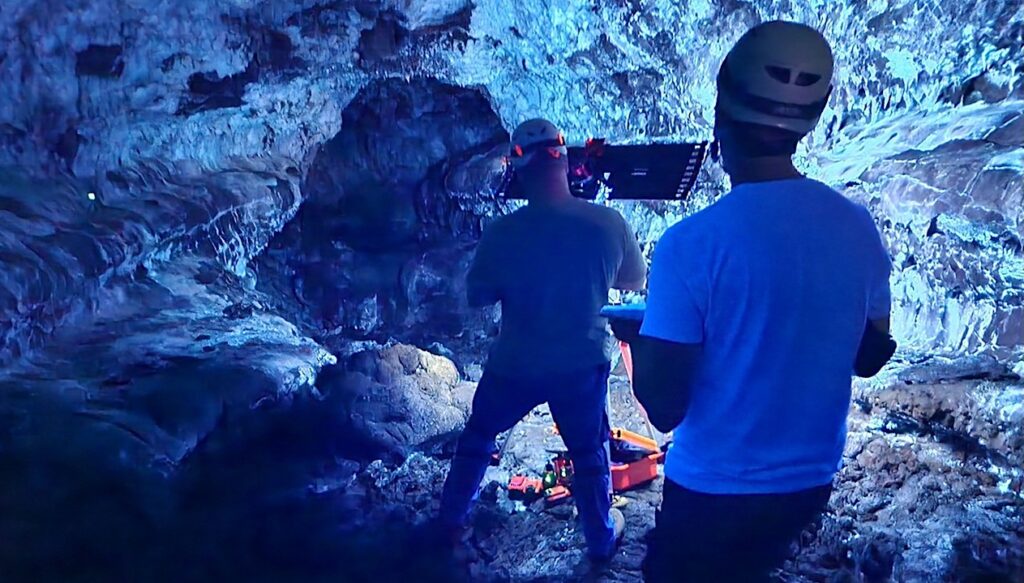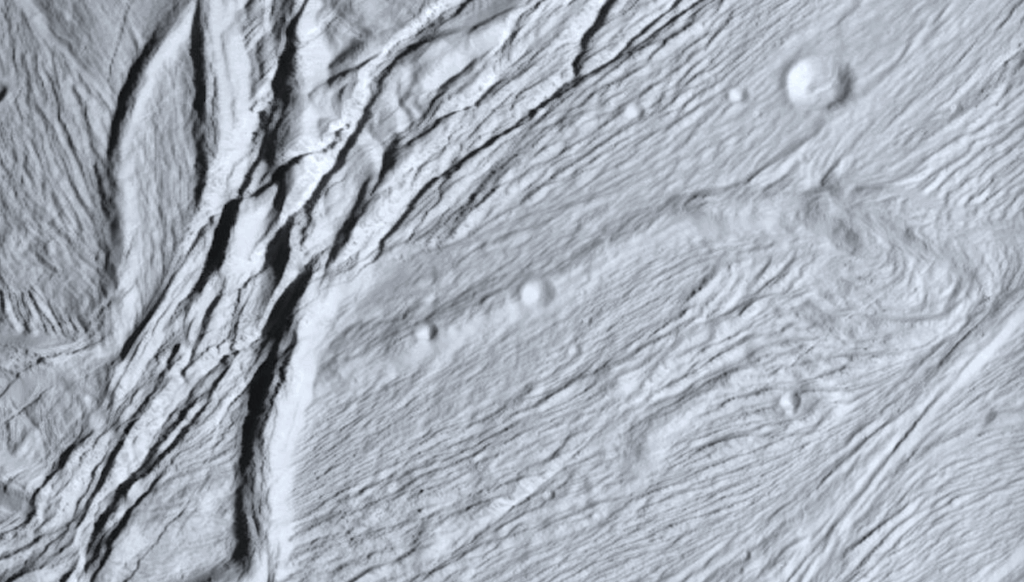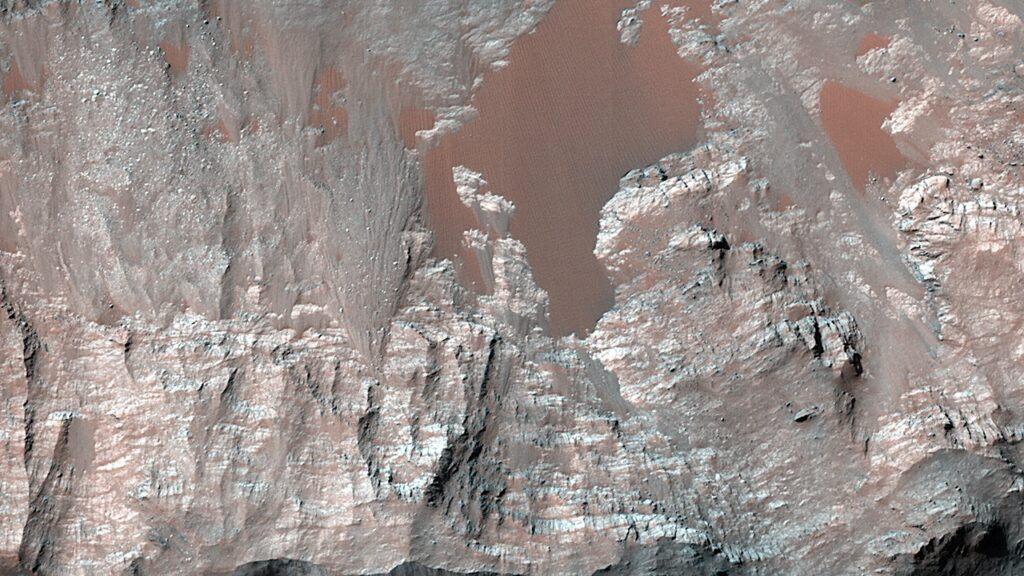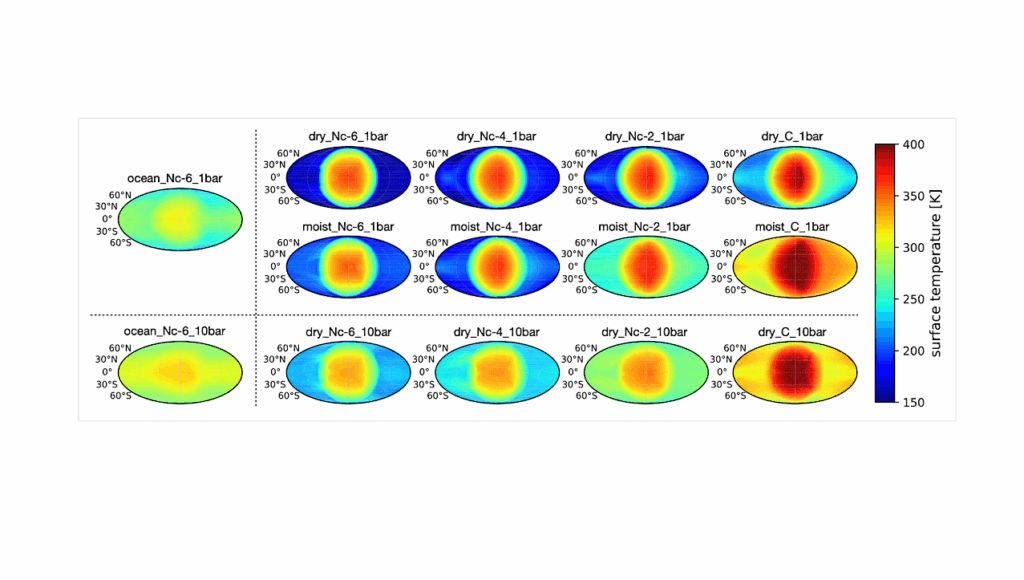Climate Stability of Habitable Earth-like Planets

The carbon-silicate cycle regulates the atmospheric CO2 content of terrestrial planets on geological timescales through a balance between the rates of CO2 volcanic outgassing and planetary intake from rock weathering.
It is thought to act as an efficient climatic thermostat on Earth and, by extension, on other habitable planets. If, however, the weathering rate increases with the atmospheric CO2 content, as expected on planets lacking land vascular plants, the carbon-silicate cycle feedback can become severely limited. Here we show that Earth-like planets receiving less sunlight than current Earth may no longer possess a stable warm climate but instead repeatedly cycle between unstable glaciated and deglaciated climatic states. This has implications for the search for life on exoplanets in the habitable zone of nearby stars.
Kristen Menou (Submitted on 20 Nov 2014)
Comments: 13 pages, 3 figures
Subjects: Earth and Planetary Astrophysics (astro-ph.EP); Atmospheric and Oceanic Physics (physics.ao-ph); Geophysics (physics.geo-ph)
Cite as: arXiv:1411.5564 [astro-ph.EP] (or arXiv:1411.5564v1 [astro-ph.EP] for this version)
Submission history From: Kristen Menou [view email] [v1] Thu, 20 Nov 2014 15:06:18 GMT (66kb) http://arxiv.org/abs/1411.5564








